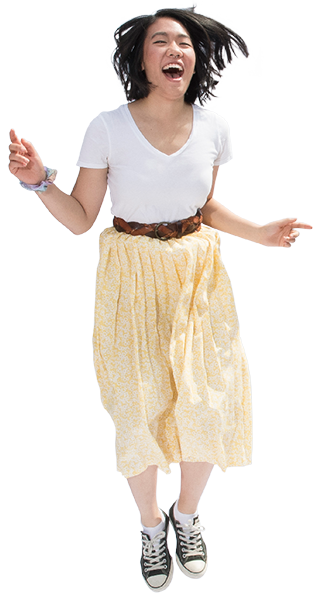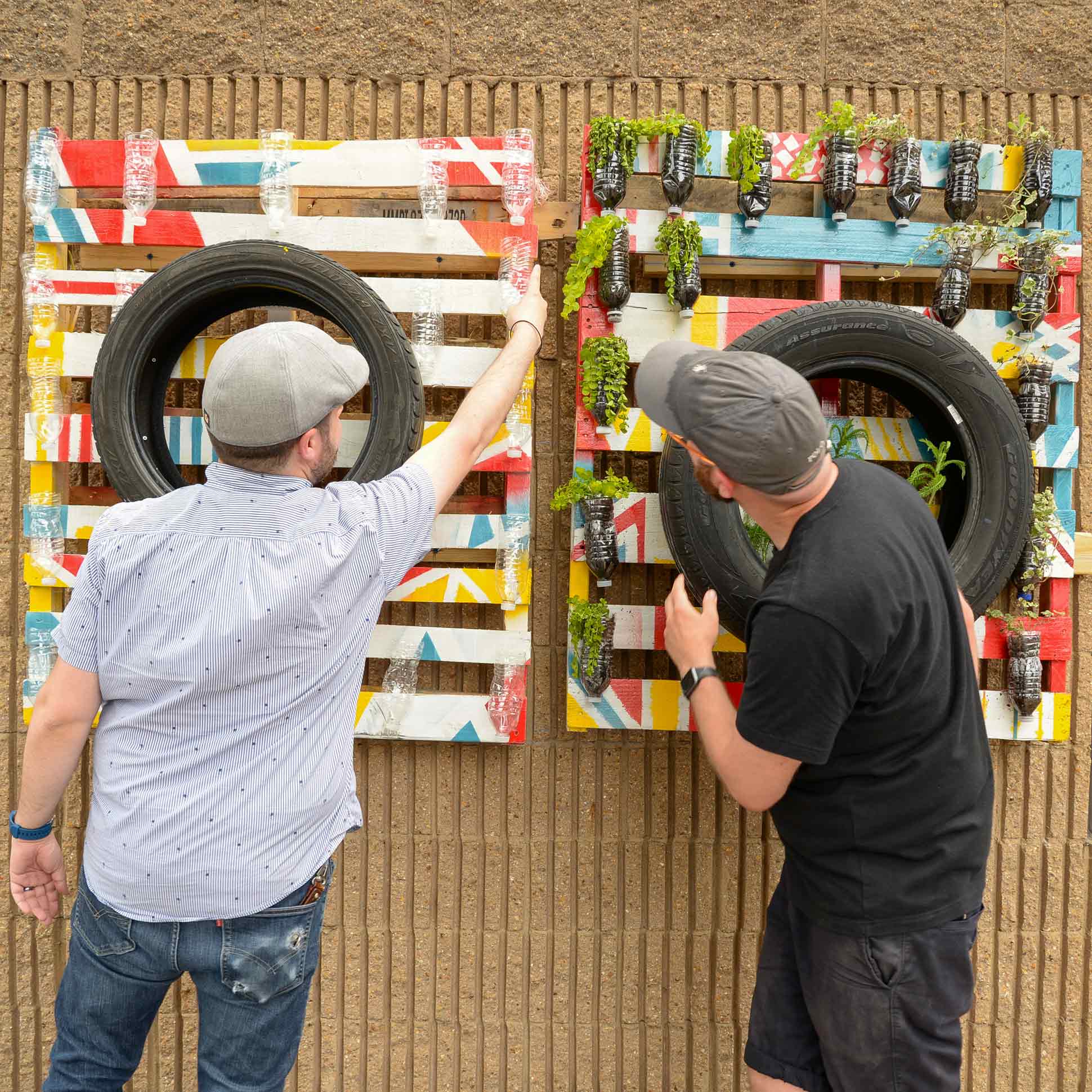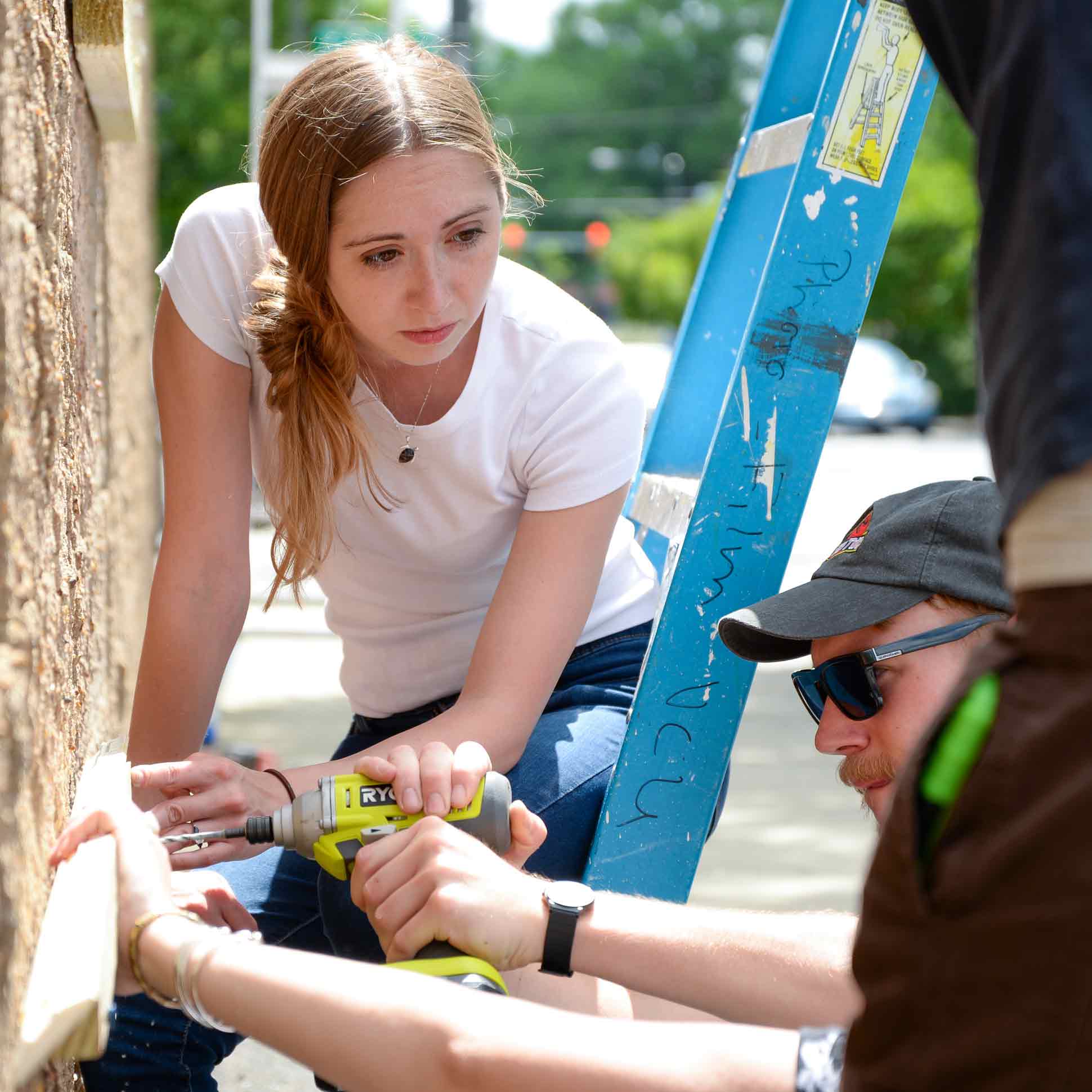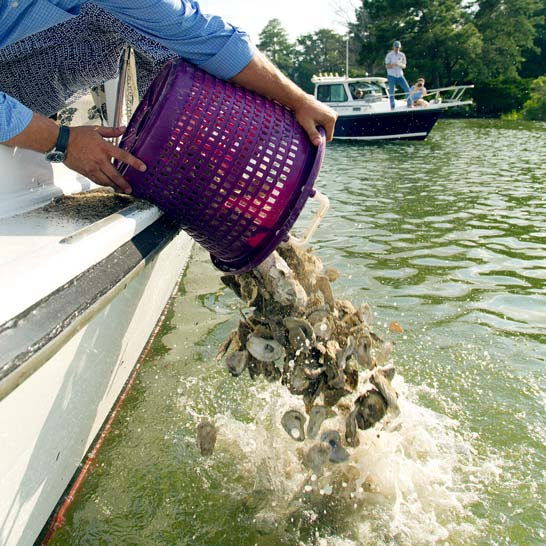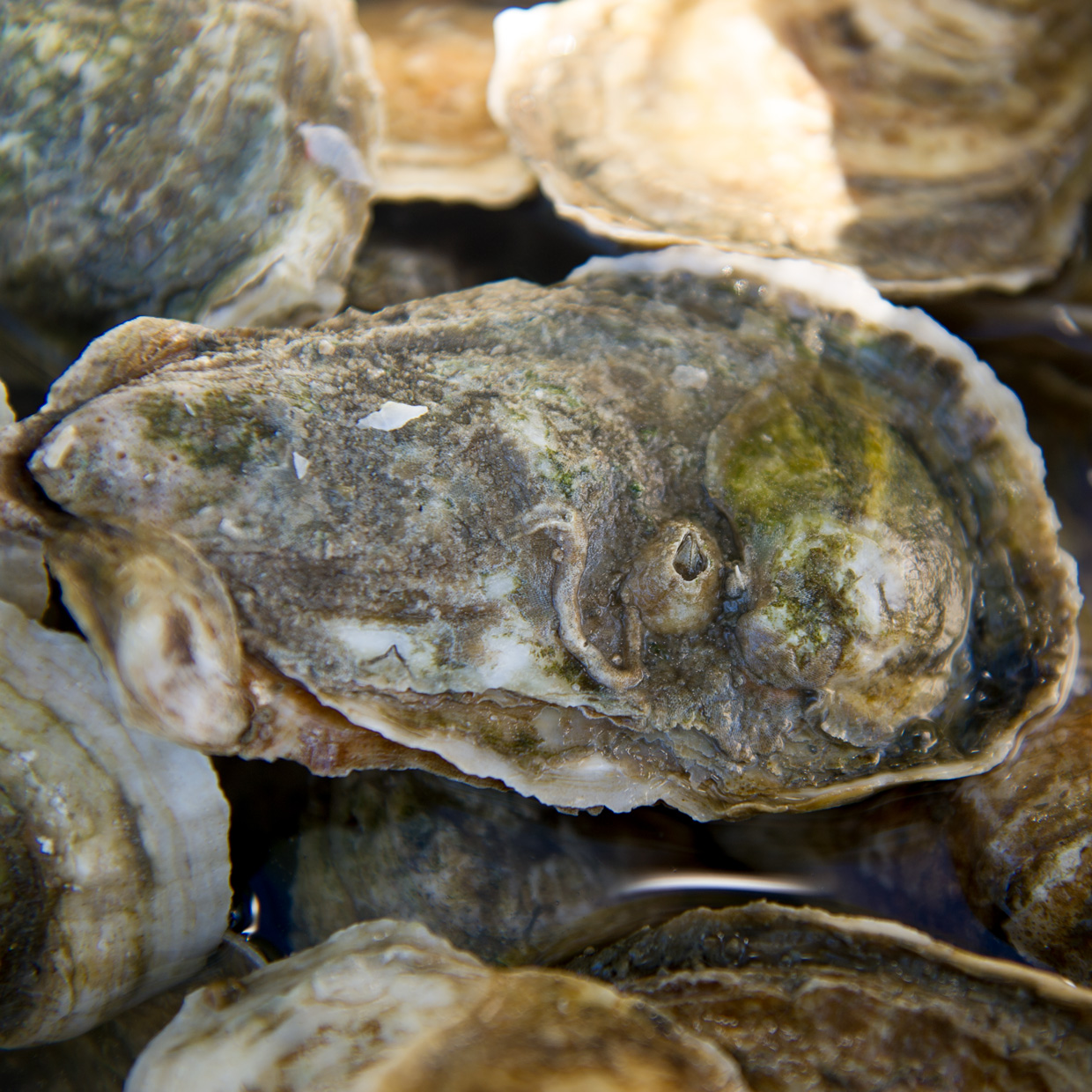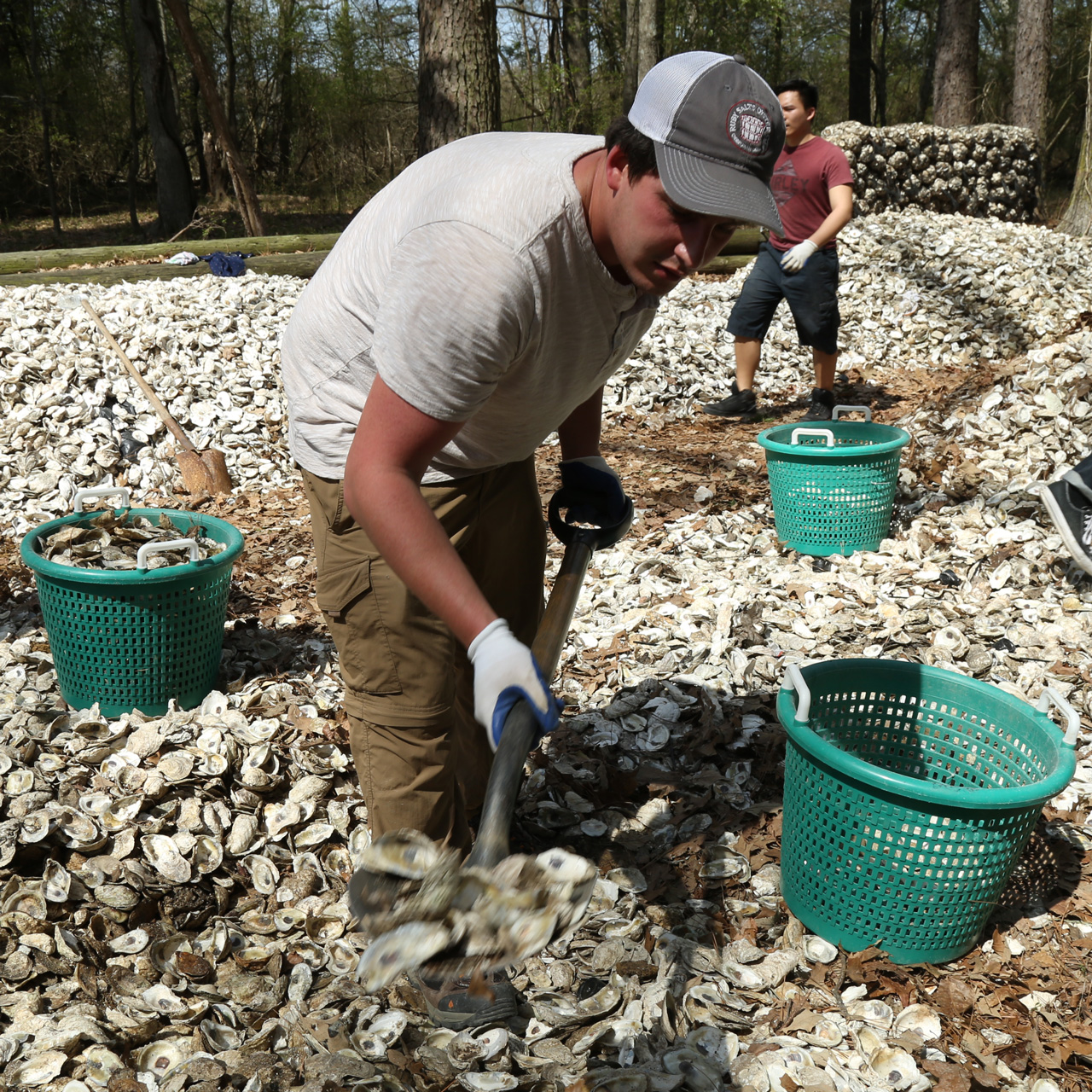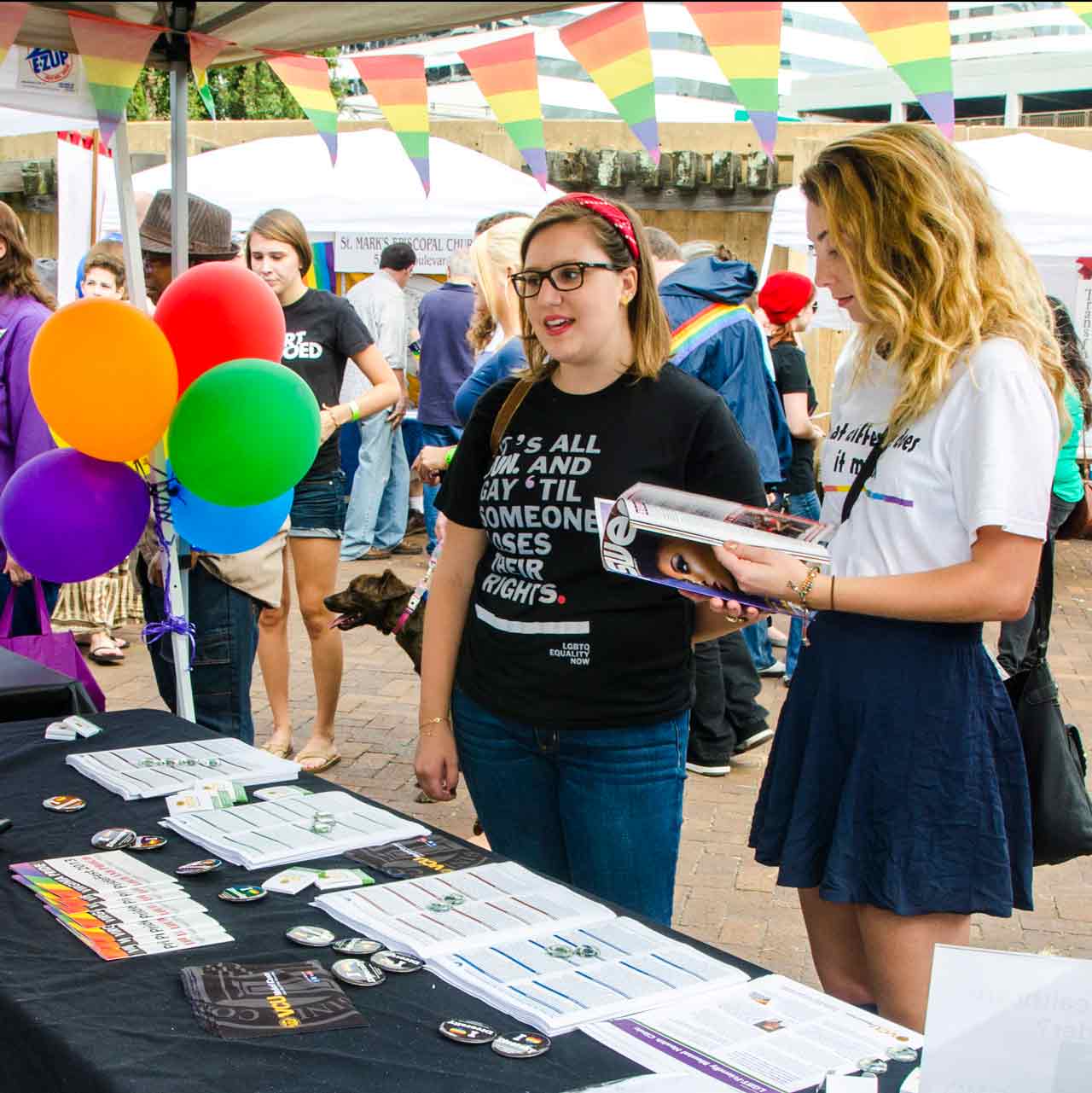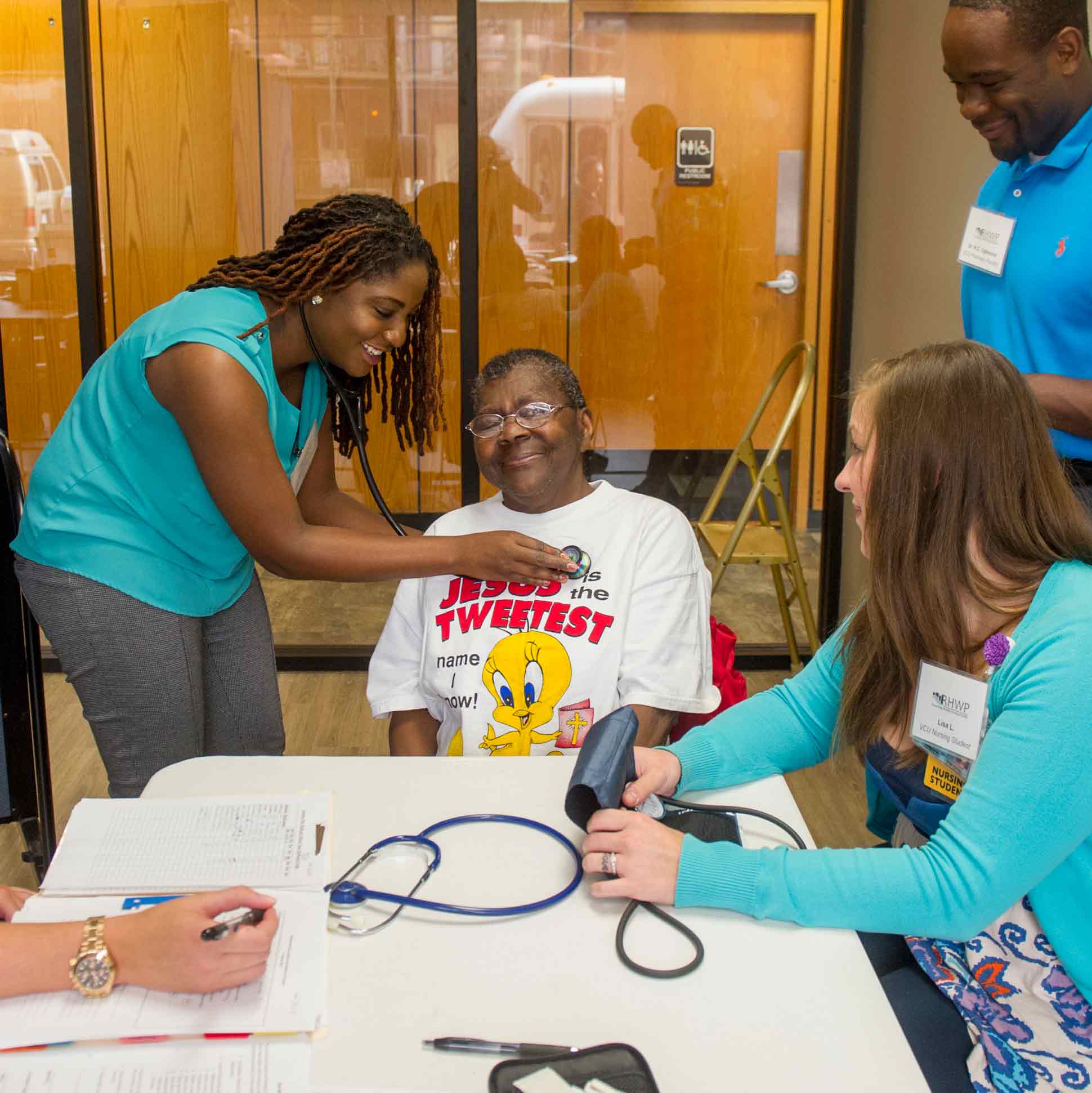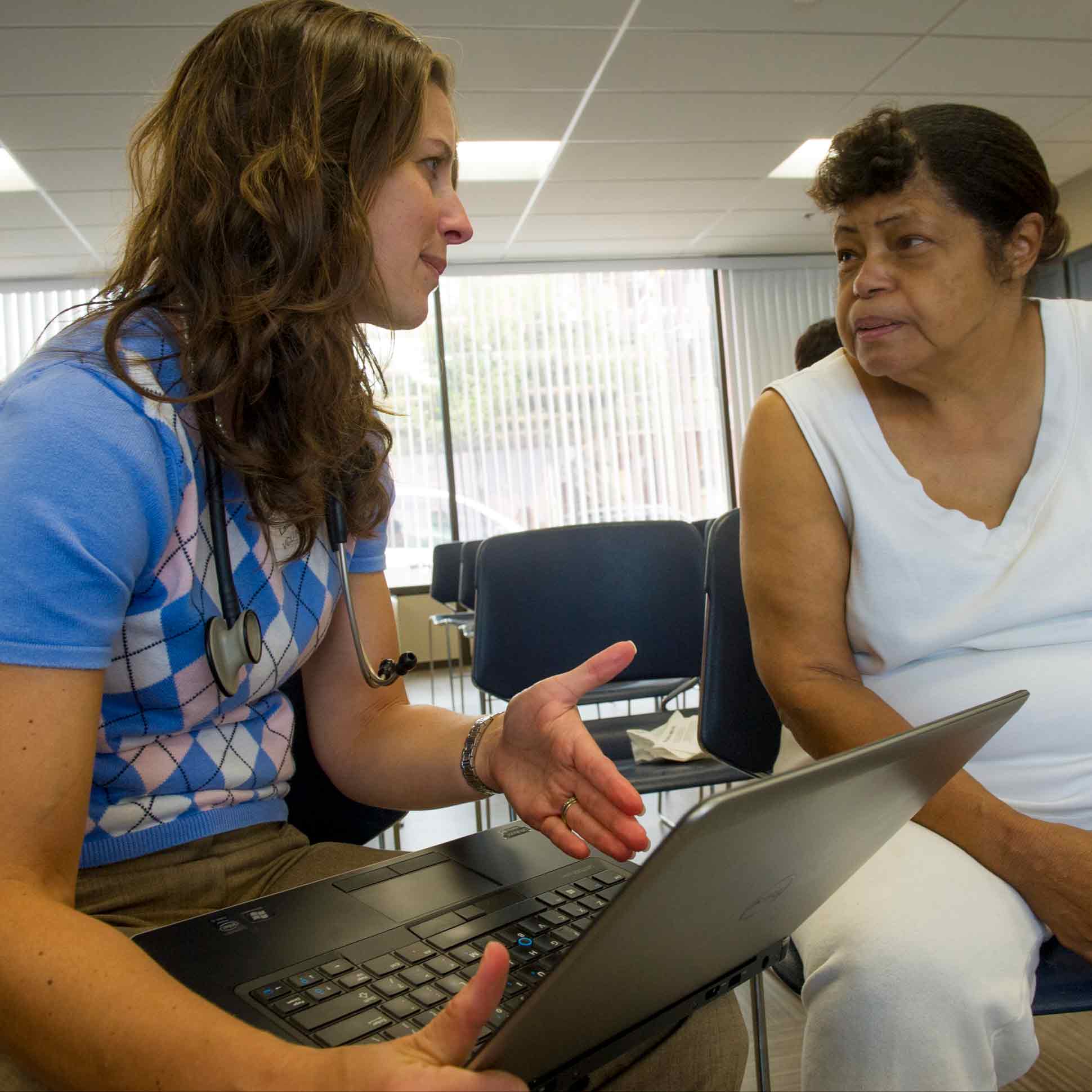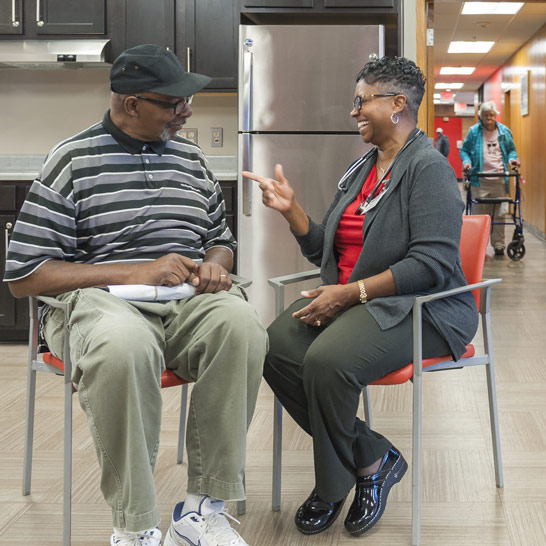01
In it for the long term
Residency program turns teacher turnover rate upside down in urban public schools
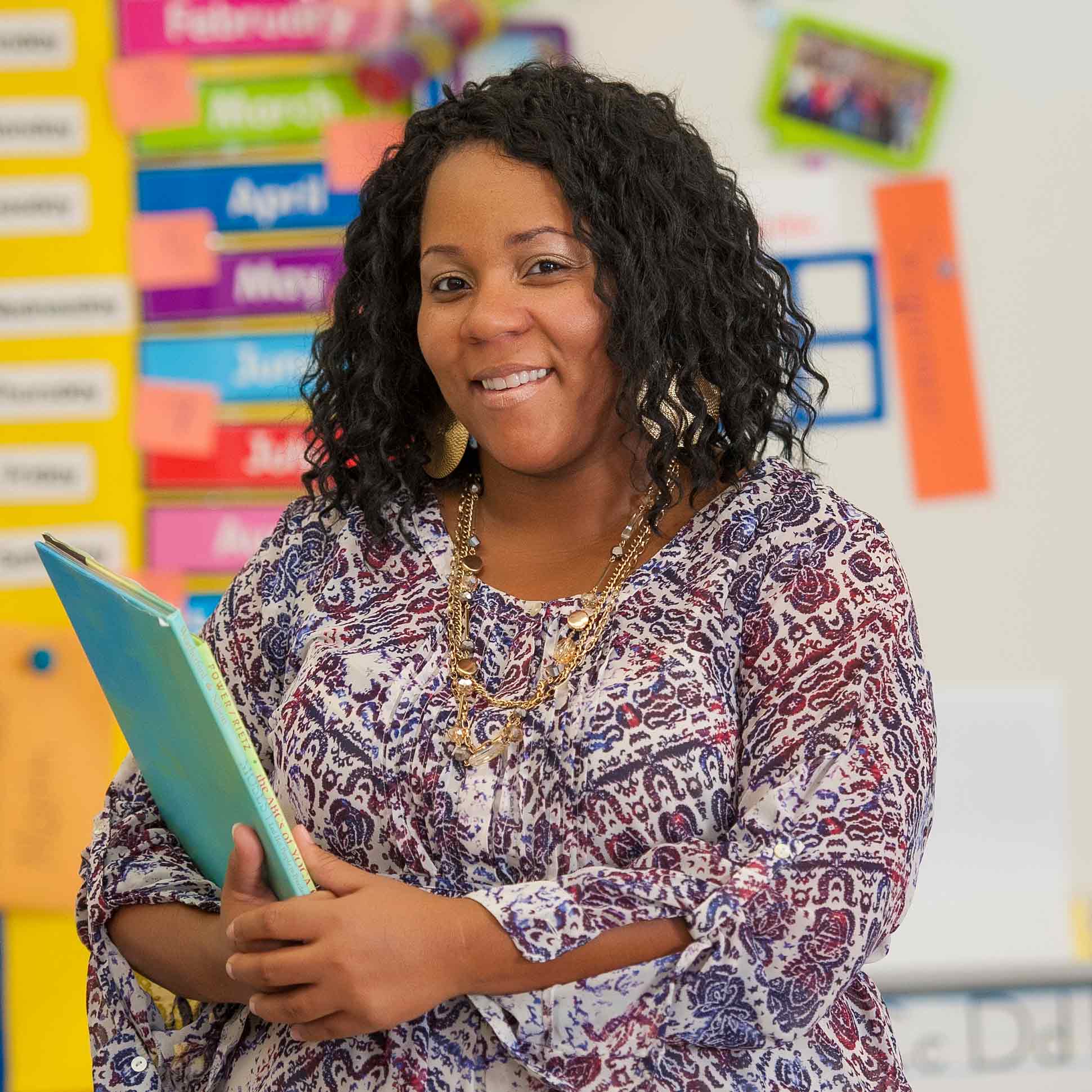
There’s a constant turnover of teachers in urban schools. And a huge price tag because of it — approximately $6 million each year for Richmond Public Schools, according to the 2014 National Commission on Teaching and America’s Future Teacher Turnover Cost Calculator. Students bear an even heavier cost in terms of the lack of stability in schools and its negative impact on student achievement.
The Richmond Teacher Residency program, a partnership between Richmond Public Schools and the VCU School of Education, is designed to end these educational inequalities. A selective urban graduate teacher residency program, it aims to create a sustainable pipeline of highly effective and committed teachers. Already, 78 percent of all Richmond Teacher Residency graduates have been rated as extraordinary or above average on teacher effectiveness as compared with other teachers who did not graduate from the residency program but had comparable years of experience.
Similar to a medical residency, the teachers co-teach alongside a Richmond Public Schools master teacher for a year, receive extensive mentoring and support, earn a master’s degree in education and commit to teach at least an additional three years in Richmond Public Schools.
